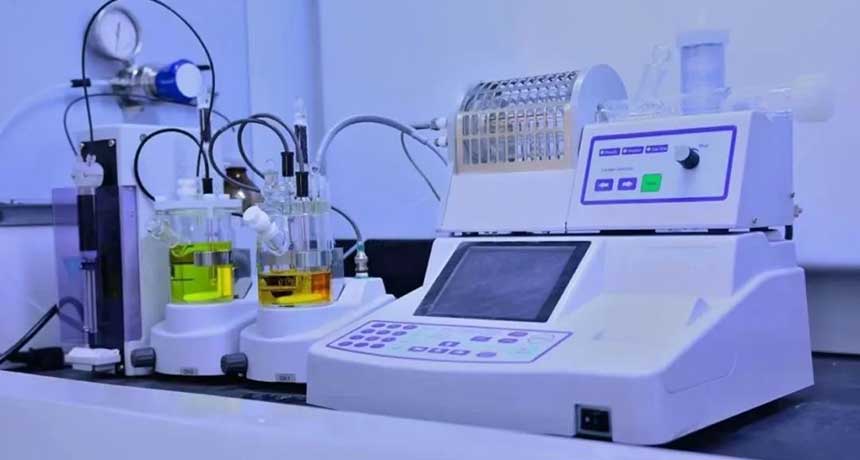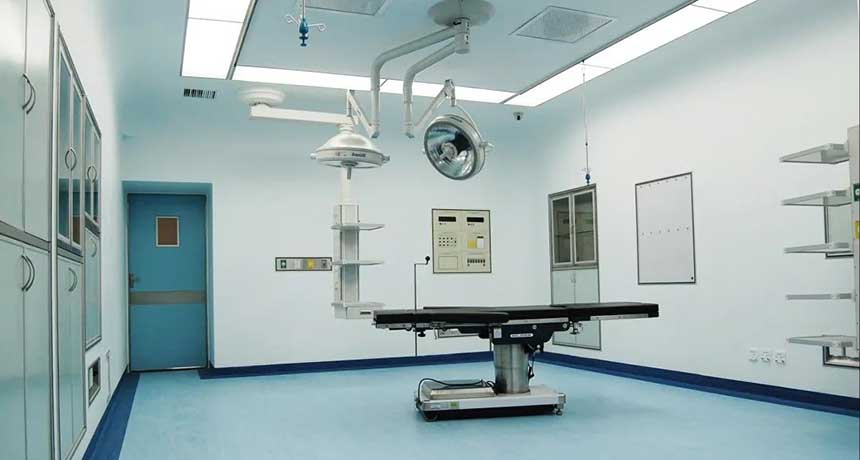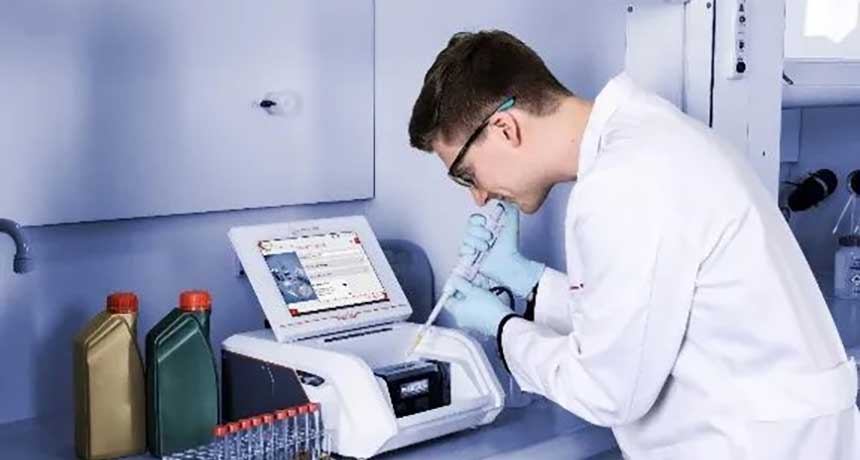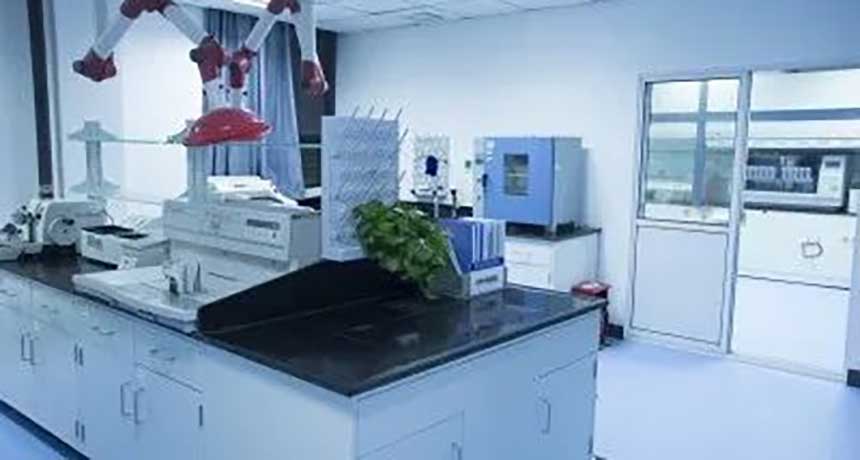CT equipment is a leap forward in diagnostic instruments and equipment. Its widespread use is of great significance to improving the resolution of X-ray examinations, and has brought clinical resolution and the accuracy of X-ray diagnosis to a new level. In the use of CT equipment, maintenance management is also an important guarantee, and there is a certain amount of research on the maintenance management of CT equipment.
CT equipment; maintenance management; X-ray examination; analysis
The CT machine was successfully developed in 1972. It was first used in the diagnosis of craniocerebral diseases, and then in 1976, the scope of use was further expanded to all parts of the body. This achievement is a qualitative leap in X-rays in radiology. CT equipment was invented on the basis of X-ray machines. In clinical medical diagnosis, it can greatly improve the resolution level of X-ray examinations, and can more scientifically distinguish and diagnose patients' conditions than general X-ray machines. my country introduced this technological achievement from abroad in the 1970s. Now this advanced medical diagnostic equipment has been popularized nationwide, played an important role, and has become an indispensable instrument in medical work.
Common faults of CT equipment
Take the failure of the X-ray tube as an example. For example, a rotating anode type failure may occur. During the detection and judgment, a large rotating noise can be heard. In severe cases, there will be no rotation and stuck state, and the anode overcurrent may occur during the exposure process. The main reason for the failure of the filament is that the filament is broken, resulting in the failure of the ray. The cracking of the X-ray tube core glass shell and the leakage failure can cause oil leakage, inability to expose, vacuum drop and high voltage sparking.
High voltage generation failure During the use of CT equipment, there are inverter circuit failures, breakdown, and high voltage capacitor sparking and breakdown. The above failures are likely to burn out the corresponding fuses and other devices, resulting in the inability to expose, and automatic protective interruption during exposure. If there is a sudden interruption during the exposure process, and there is a message prompt of a serious high voltage error, the training steps in the debugging program should be used to carry out detection and debugging. You can use low kilovolt (KV) and small milliampere (mA) (80KV, 20mA) for short-term exposure operation, and check the KV and mA data actually recorded by the equipment. If there is no large abnormal fluctuation in KV during the test, but there is an asymmetric current between the anode and cathode, and the cathode is small, further testing can find that the filament current is almost zero. At this time, you should suspect that there is a problem with the X-ray tube filament circuit. You can take out the cathode high-voltage plug and measure both ends with a multimeter. If the filament transformer resistance is very small, but the tube cathode resistance is infinite, it can be judged that the filament is broken. You only need to replace the X-ray tube. After replacement, the CT can return to normal working state [2].
High-voltage cable failure During use, the more common failure is that the connector becomes loose, resulting in sparks, high voltage overvoltage or undervoltage, etc. For CT equipment purchased earlier, because the high-voltage cable and X-ray tube rotate at a high frequency, they will be worn, which can cause internal short circuits and sparks, burn out the corresponding fuse, and cannot be used normally.
CT equipment maintenance method
Scientifically judge the cause of the fault Before conducting the test, analyze the human factors or environmental factors to find the root cause of the fault.
When judging the human factors, you can ask the operator during what operation the equipment fails and what level of fault information appears (generally, the severity of errors caused by improper operation is not high). If no obvious hardware damage is found and abnormal conditions are found, you can use the correct method to restart. If it returns to normal after multiple operations, it indicates that there may be irregular operation behavior before, and the fault is mainly caused by human factors. For the judgment of environmental factors, mainly check the CT room temperature, humidity, CT power supply voltage, detect the temperature of CT heating elements and the overvoltage and overcurrent of the power supply. If the environmental factors are determined, take targeted measures as soon as possible.
The maintenance process should be meticulous. In the inspection of CT equipment, you must be meticulous and careful. Carefully check the parts that are frequently moved, including whether the screws are loose, whether the cables are scattered, whether the circuit board connections are loose, whether the plug-ins are detached, etc. Small problems may also lead to major accidents, so you must check them carefully.
Standardized testing Professional instruments should be used for standardized testing. Multimeters and oscilloscopes are commonly used. Special equipment is also required for some special problems. Usually, two aspects of parameters and performance are tested. First, the voltage is tested, involving the input AC voltage and output DC voltage, as well as the voltage of each part of the power supply and some signal potentials, the primary voltage of the high-voltage part, etc. These tests must be carried out with the assistance of circuit diagrams and block diagrams. Secondly, the integrity of all fuses, whether the cables are disconnected, and whether the semiconductor components are short-circuited are tested. CT equipment has many switching power supplies. If the 5V voltage is greatly offset, it will cause a variety of faults. Measurement can be easily detected. If the components are broken, the switching power supply voltage will be abnormal, and the fault location can be easily found.
Do a good job of electrostatic protection. At present, CT equipment uses ultra-large-scale integrated circuits. Electrostatic protection must be done during maintenance. When operating it, the wrist must be grounded to avoid damage to the integrated circuit.
Do a good job of data calibration When inspecting and repairing CT equipment, the circuits that need to be adjusted should be tested and adjusted using standard equipment. The entire adjustment and calibration work should rely on standard equipment. Repeated adjustments are prohibited to prevent damage to equipment components. The adjustment of mechanical parts should also adhere to this principle.
Suggestions for strengthening CT equipment management
CT machine rooms should be cleaned regularly, the environmental humidity and temperature should be kept within the specified range, the equipment should be inspected regularly, the responsibilities of equipment users should be refined, and the operation should be strictly in accordance with standard procedures. Before starting the machine, it is necessary to check whether the power regulator is working normally and turn on the preheating button.
After the CT equipment is preheated, the station scanning operation can be carried out. Before scanning, you must be familiar with the content of the application form, and understand and be familiar with the patient's condition, the affected area, and the examination target. All metal parts of the patient's examination area should be removed to avoid interference with the image. Before scanning, the patient should be informed in detail of the precautions during the examination to improve the cooperation effect. During the examination, the patient's position needs to be braked to prevent artifacts. The scanned images should be combined with clinical diagnostic needs to determine the layer thickness and level, and scientifically select the window position and window width. If diagnosis requires, the CT value and volume of the lesion should also be measured.






